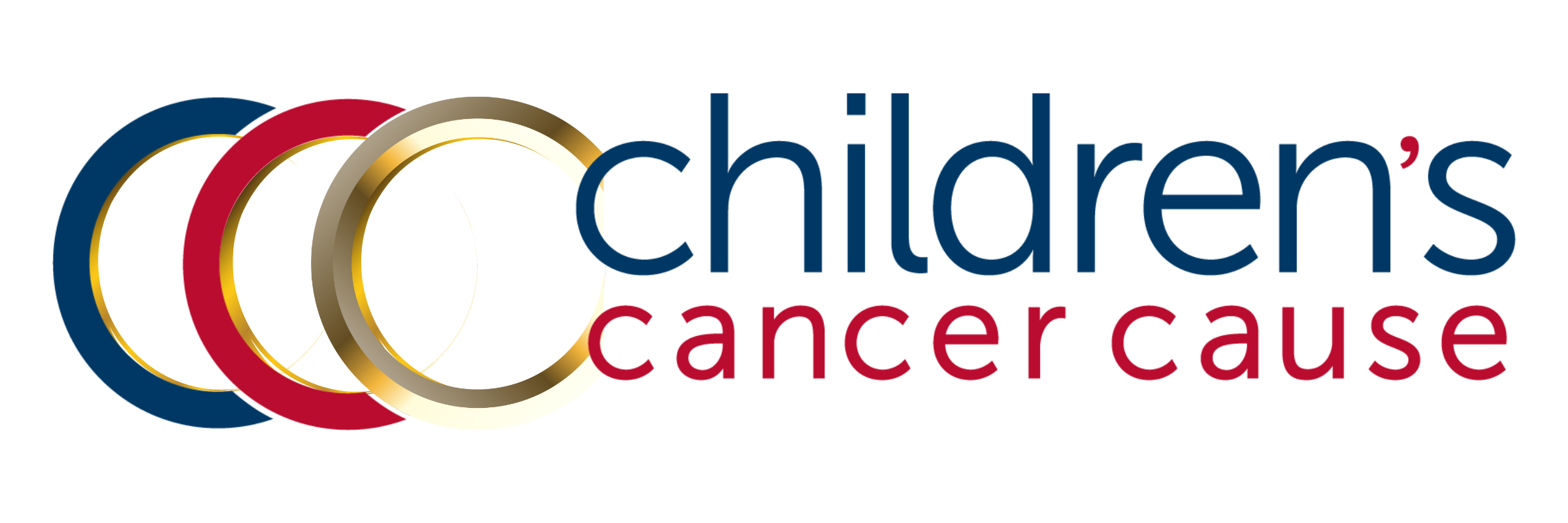First Two Years of the RACE Act Evaluated in New GAO Report
RACE Act Contributing to an Increase in Planned Pediatric Studies but Long-Term Impact Unclear
The U.S. Government Accountability Office (GAO) recently published a final report on early indications around the effectiveness of the Research to Accelerate Cures and Equity for Children Act (RACE Act). You can find highlights and the full report here.
The GAO report is an important step in assessing the impact of the RACE Act and bringing greater attention to the unmet need of developing less toxic treatments for pediatric cancer patients and new drugs that address the unique biology of children.
Getting drug companies to test targeted therapies in kids has been a goal for Children’s Cancer Cause for over twenty years. RACE Act provisions hail from a blueprint report that grew out of a working group of the Alliance for Childhood Cancer and the Coalition Against Childhood Cancer in 2015-2016, co-chaired by our founder Susan L. Weiner. We’ve continued to be involved since its passage in 2017, from the implementation of the law to submitting feedback to GAO in 2022 with our own observations and recommendations for next steps.
We are pleased to see that the number of planned studies to test certain adult cancer drugs in pediatric cancer patients has increased since the RACE Act went into effect, and we are optimistic that this trend will continue. According to the report, “there have been 32 initial pediatric study plans submitted to FDA with intentions to conduct a pediatric study since the requirement was implemented on August 18, 2020 to August 18, 2022. Prior to the RACE Act, sponsors would not have been required to conduct most of these studies.”
However, as the report acknowledges, it is too early in the implementation of the law to know what impact it has had on early access and, ultimately, on improving treatment and outcomes for children with cancers.
The report points out the challenges of developing drugs for children whose biology is different than that of adults. There are over 200 types of childhood cancer, and survival rates for many cancers remain unacceptably low. For decades, clinical investigators have treated children with chemotherapy agents developed for adults, leaving children who survive with multiple - and often dire - long-term health impairments.
With recent burgeoning insights into the biology of cancer, pediatric oncologists, parents, and patients recognize early access to modern targeted therapies is critical to improving outcomes for children. The RACE Act mandates that molecularly targeted drugs and biologics intended to treat adult cancers are also evaluated in children when a molecular target is substantially relevant to the growth or progression of a pediatric cancer.
The RACE Act does not, however, address the question of developing drugs when there is no agent to treat adult cancers that is molecularly relevant to a cancer in children. Many rare pediatric cancers have molecular and genetic characteristics that are unique to children, such as tumors with gene fusions, embryonic tumors, germline tumors and many brain tumors – cancers that the RACE Act does not address.
Children’s Cancer Cause continues to recommend that a new entity be created to meet this need. The formation of a new public-private partnership (PPP) could drive and catalyze scattered resources in academia, the nonprofit sector, and industry to assume responsibility for conducting pediatric oncology drug development programs when agents may have no associated adult indications.
An earlier GAO report in January 2020 on pediatric vouchers made the recommendation for “a collaborative agreement to share development risk and reward between a public or quasi-public organization and one or more private developers.” Subsequent to that report, the COVID-19 pandemic demonstrated the potential of public-private partnerships as in Operation Warp Speed's rapid deployment of vaccine options. The FDA’s Rare Disease Cures Accelerator and Accelerating Access to Critical Therapies For ALS are examples of comparable models.
With its focus on cancer, the Advanced Research Projects Agency (ARPA-H) could serve as a powerful mechanism to facilitate a public private partnership. By including such a public-private partnership in its authorizing section, the partnership could rapidly advance the development of emerging pediatric oncology therapies.
In summary, The RACE Act is one piece of a large, complex drug development puzzle that continues to require collaborative work to maximize the potential for success at every step of the drug development process.
We continue to advocate that FDA be given the resources it needs to meet its obligations under the RACE Act. Furthermore, we advocate that FDA have the necessary enforcement authorities for pediatric drugs as it currently has for adult drugs. FDA is allowed to assess civil monetary penalties for late post-market study requirements in adults, but the law currently forbids FDA from doing the same for children. This is an inequity that must be addressed.
We believe the continued success of the RACE Act requires a focused response from Congress, regulators, clinicians, and advocates to implement its promise of access to new, more targeted cancer agents to treat children.

